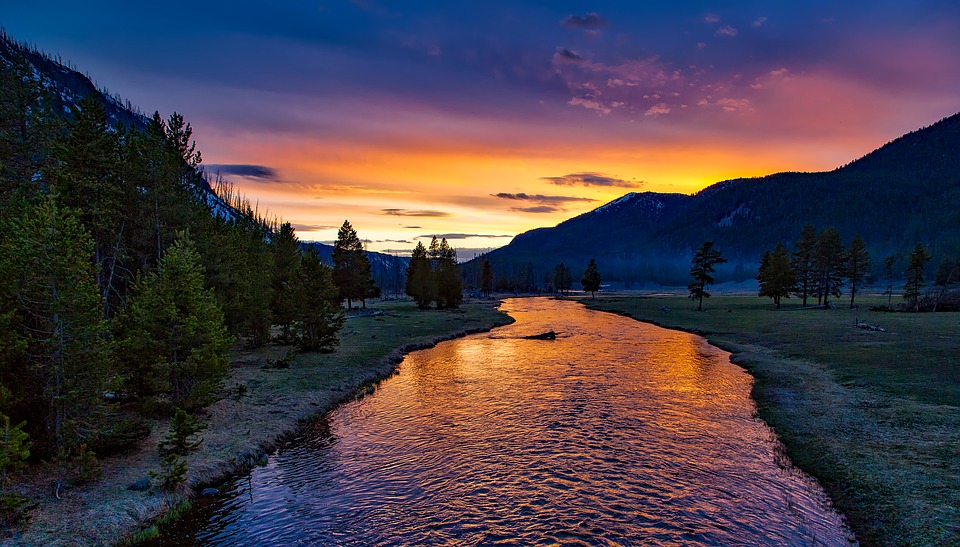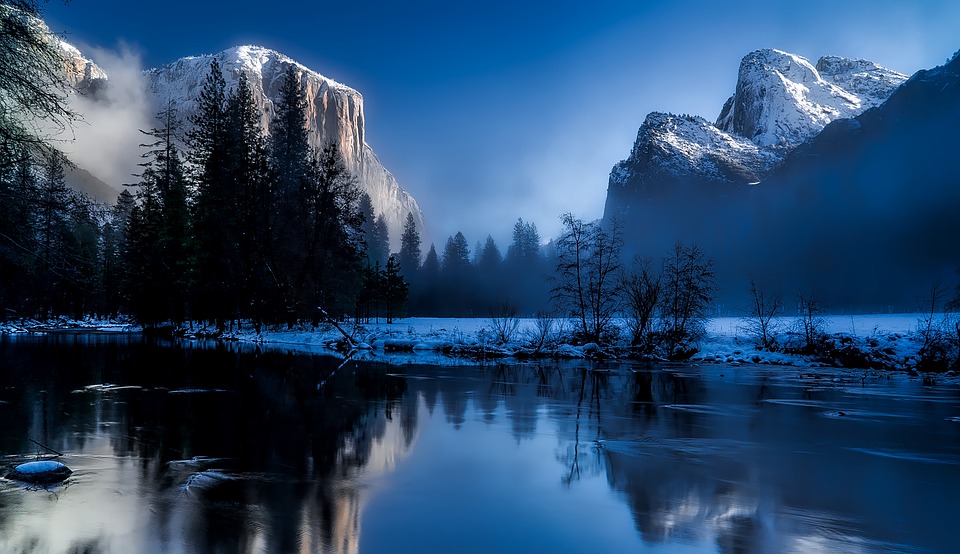In 2015, the National Park Service (NPS) reached a record-high of $11.9 billion in deferred maintenance, which NPS defines as “maintenance that was not performed at the required intervals to ensure an acceptable facility condition to support the expected life cycle of an asset.” Around $5.97 billion of the deferred maintenance is for paved roads and structures including bridges, tunnels, and paved parking areas. The remaining $5.95 billion in deferred maintenance includes unpaved parking areas, unpaved roadways, utility systems, dams, constructed waterways, marinas, aviation systems, railroads, ships, monuments, fortifications, towers, interpretive media and amphitheaters. According to the NPS, the 2018 President’s current budget request for NPS of $2.6 billion is $296.6 million below the 2017 continuing resolution (short-term legislation passed by Congress to keep the government open) baseline.
The NPS alone manages more than 75,000 constructed assets. The U.S. Army Corps of Engineers ranks among the top federal providers of outdoor recreation, hosting approximately 370 million visitors annually at 403 lake and river projects in 43 states.

The Department of Interior is lookins at ways to improve the experience at parks, noting Wi-Fi access and air-conditioned buildings are amenities that today’s park visitors ask for. According to industry analysis, the outdoor recreation industry generates $887 billion in direct spending and supports 7.6 million jobs across all 50 states.
Aug. 25, 2016, marked the 100th anniversary of the NPS. During that same year, Congress passed the National Park Service Centennial Act. The Act establishes a Centennial Challenge Fund, which uses a federal to private dollar match as a method to help finance signature projects planned for the next century by the Secretary of the Interior. All amounts received from sales by the NPS of National Parks and Federal Recreational Lands Passes that exceed $10 million will be deposited directly into the Centennial Challenge Fund. Here is a list of projects that will be funded in 2017.
The U.S. Department of the Interior and the NPS announced last week that that the Outdoor Recreation Legacy Partnership (ORLP) program will assist 22 cities in 17 states with projects to plan, build, and enhance parks and other outdoor recreation facilities in underserved communities. These public-private partnerships leverage $13.3 million in federal funding with $21.2 million from local governments, private firms and non-profit organizations to improve important investments in parks across the country. Every little bit helps for the roughly $11.9 billion in deferred maintenance and requested park enhancements around the country.

The ORLP, which began as a pilot in fiscal year 2014, is funded by the Land and Water Conservation Fund (LWCF) state assistance program. A 2006 act that opened up the Gulf Coast to more oil and gas drilling and exploration also mandated that some of the revenues from those operations go to the Department of the Interior to support the LWCF program.
ORLP grants range from $250,000 to $750,000 and are used to create or redevelop parks in areas lacking in green space and recreation opportunities that serve low-income neighborhoods or are in places lacking outdoor recreation resources.
Michigan’s Department of Natural Resources was awarded $750,000 through the federal ORLP program. In Detroit, Mich., the U.S. Department granted Belle Isle Park the funds to build a 6-mile-long trail around the 982-acre island park perimeter that would connect several existing park attractions so that they are more accessible to non-motorized park users.
Burlington, Vt. received $500,000 through the ORLP program. Burlington will be developing a new park on the shore of Lake Champlain. The new park is currently home to community gardens, a sand beach, a wooded bluff that provides views of Lake Champlain, and a historic stone house to be available for a variety of public uses. The city will purchase 12 acres on the lakefront, which will eventually be connected by trails and two other parks.
In Washington State, a grant of $750,000 will be awarded to Metro Parks Tacoma to transform Swan Creek Park into a regional outdoor attraction and connect the park and the surrounding community with trails, access points, signage, and amenities. A grant of $370,000 to King County will improve recreation and repair sports facilities at Skyway Park including an expanded play area, a new soccer facility, and improvements to the parking lot.
In New Jersey, the city of Camden will be receiving $750,000 for the North Camden Waterfront Park project. The funds will help enhance 13 acres of land on Camden’s waterfront by creating a park with trails and picnic areas. Here are other states that received ORLP funding:
| Recipient | State | Project Title | Federal Amount |
| Municipality of Anchorage | Alaska | Development of Muldoon Town Square Park | $750,000 |
| City of San Francisco | California | Bay View Park Playground Improvement Project | $375,225 |
| East Bay Regional Park District | California | Bay Point Wetland Restoration and Public Access Project | $750,000 |
| City of Hartford | Connecticut | Renovation of Colt Park Athletic Fields | $750,000 |
| City of Wilmington | Delaware | Father Tucker Park Playground and Spray Pad | $306,447 |
| City of Atlanta | Georgia | Enota Park Development | $600,000 |
| City of Dubuque | Iowa | Comiskey Park Development | $508,000 |
| City of Baltimore | Maryland | Youth Campground Improvements in Gwynns Falls Leakin Park | $750,000 |
| City of Duluth | Minnesota | Lincoln Park Restoration | $750,000 |
| City of Columbia | Missouri | Clary-Shy Park Urban Demonstration Farm | $400,000 |
| St. Louis Co. Port Authority | Missouri | Sparta Court Soccer Fields | $450,000 |
| City of Newark | New Jersey | Jesse Allen Park | $750,000 |
| City of Raleigh | North Carolina | Central Plaza John Chavis Memorial Park Revitalization | $747,600 |
| Metroparks of the Toledo Area | Ohio | Manhattan Marsh park Development | $475,000 |
| City of Austin | Texas | Edward Rendon Sr Metro Park – further development | $750,000 |
| City of Houston | Texas | Buffalo Bend Hidalgo Park Greenway | $750,000 |
| Milwaukee Rec/Public Schools | Wisconsin | Burnham Park Redevelopment Project | $399,255 |
SPI’s government procurement experts can help any company grow business. Contact them today!
